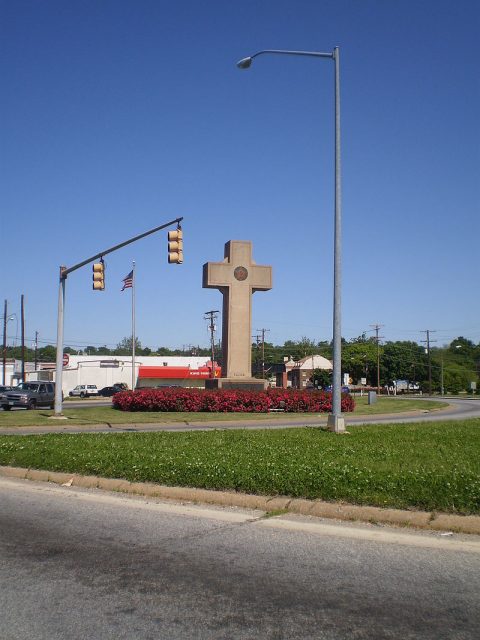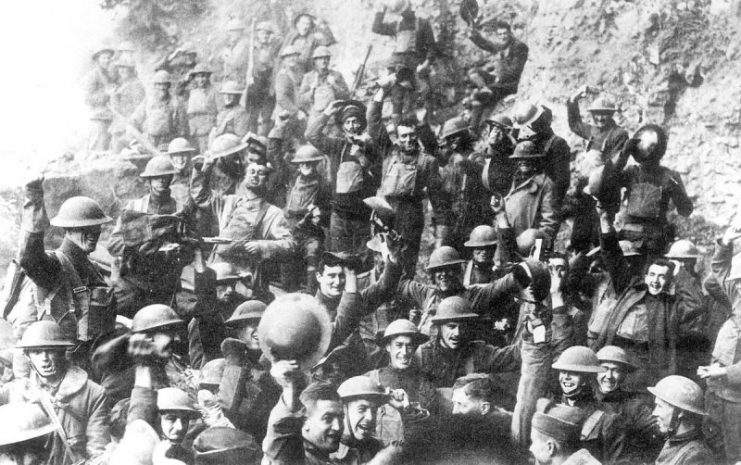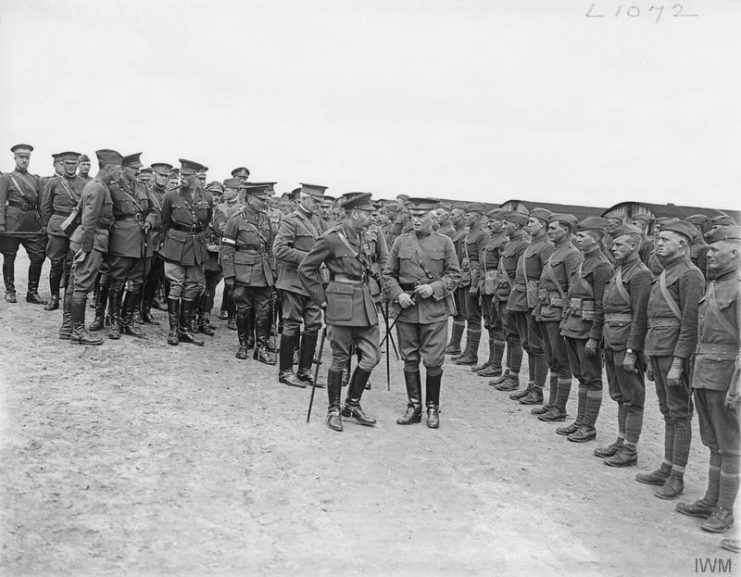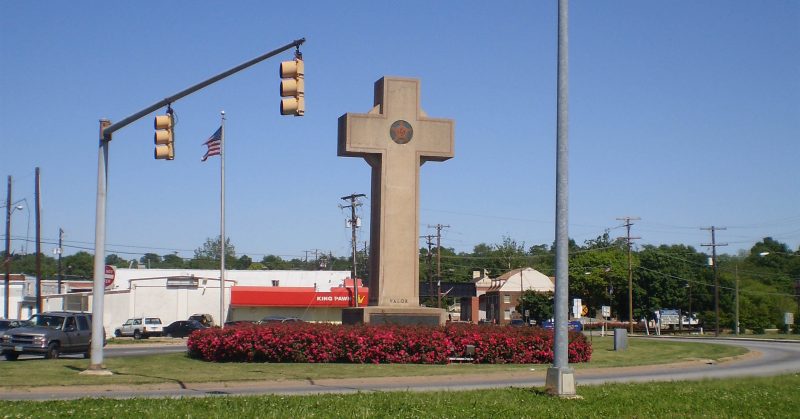A forty-foot cross that has stood by a Maryland intersection since 1925 has been ordered to be removed or destroyed by the US Court of Appeals for the 4th Circuit. The court found in favor of the American Humanist Association in October.
The court has now refused to re-hear the case after urging the Maryland-National Capital Park and Planning Commission and the American Legion. The monument is maintained by the commission and was originally built using money from donors and from the Legion.
The American Humanist Association successfully argued that the monument known as the Peace Cross, or the Bladensburg cross, is in the shape of a Christian symbol and is maintained using taxpayer’s money. This created a conflict with the Constitution which calls for a separation of church and state.

The monument was built to honor the forty-nine men who were from Prince George’s County and who died in World War I. Their names are listed on a plaque on the base of the monument while the words “valor,” “endurance,” “courage,” and “devotion” written on the cross. Those who support the monument say that it is secular and that people of all faiths pay their respects at the monument.

First Liberty is an organization that promotes religious freedom. They are representing the Legion in this case. Hiram Sasser is the deputy chief counsel for the group. He said that they would continue to fight the case in court. He stressed that letting this decision stand places other memorials at risk. He specifically mentioned the memorials in Arlington Cemetery as an example.

The Maryland-National Capital Park and Planning Commission took over the land and the monument in 1961 since it is located at the intersection of US Route 1 and Maryland Route 450 in Bladensburg. Upkeep and repairs are paid for by the state agency.
Adrian R. Gardner is the general counsel for the commission. He stated that the agency would keep the option to take the case to the Supreme Court.
Judge James A. Wynn, Jr. wrote the majority decision. He said that the words on the plaque or on the cross itself could not change the historical meaning of the cross.

The dissenting judges stated that the monument had stood without opposition for 100 years and agreed that the majority decision jeopardized the other monuments around the country.
The American Humanist Association called the decision a “win” for the separation of church and state and also for non-Christians who are not included in a memorial that is designed to look like a major Christian symbol.

Maryland Governor Larry Hogan called the decision insulting to veterans. He ordered the state’s attorney general to defend the monument. Attorney General Brian Frosh is prepared to file a brief supporting the monument should the case go to the Supreme Court.
A panel of three judges ruled in October that the use of government funds to maintain the monument involved the Government in religion. The case was sent to a District Court judge that had ruled in favor of the monument’s supporters. The appeals court stated that the problem could be resolved by moving the monument off of public land or removing the arms from the cross.
